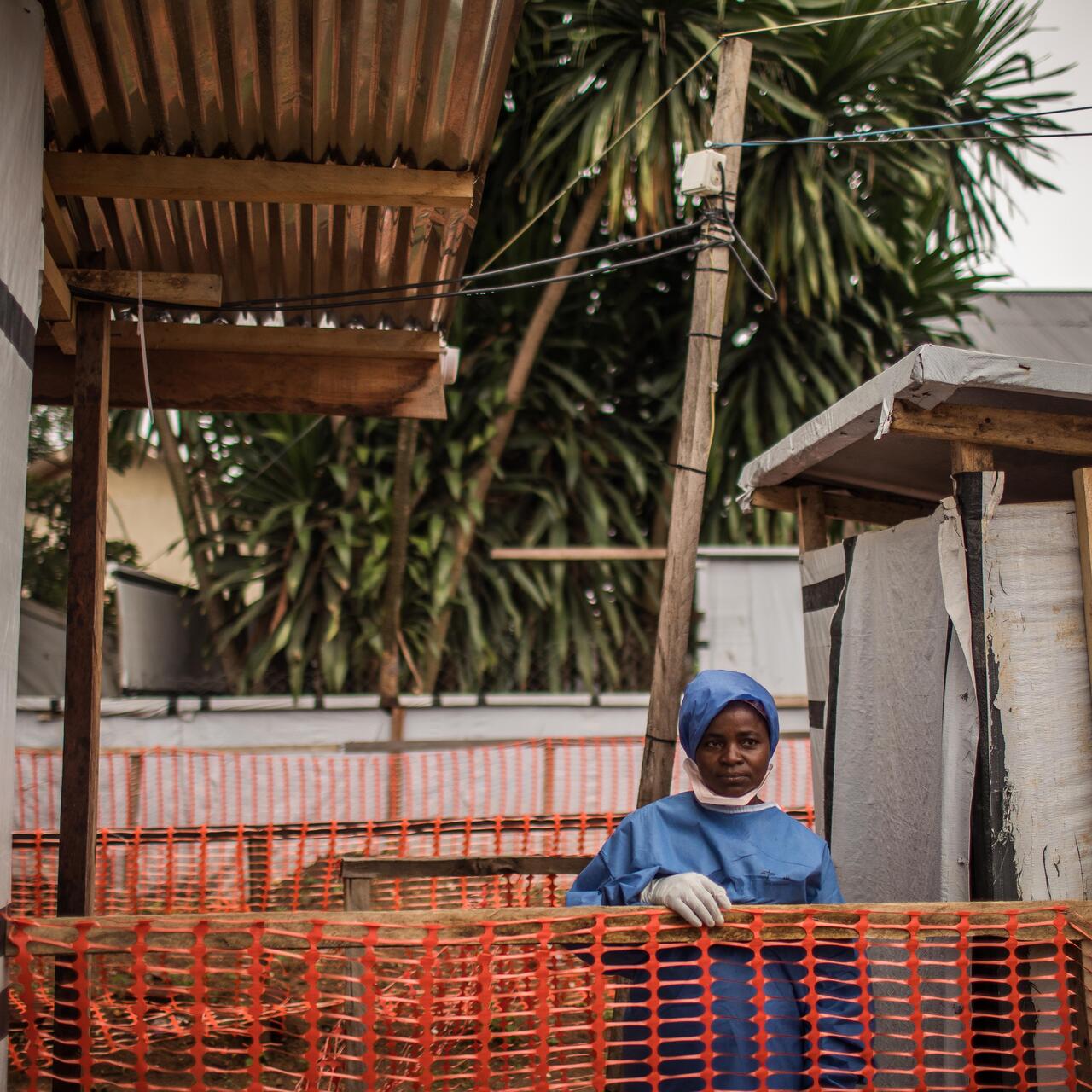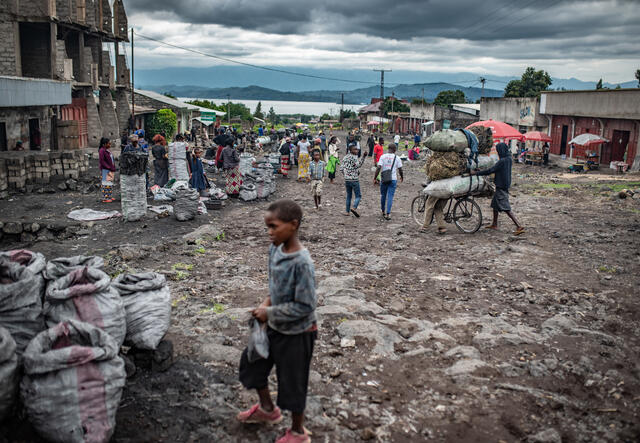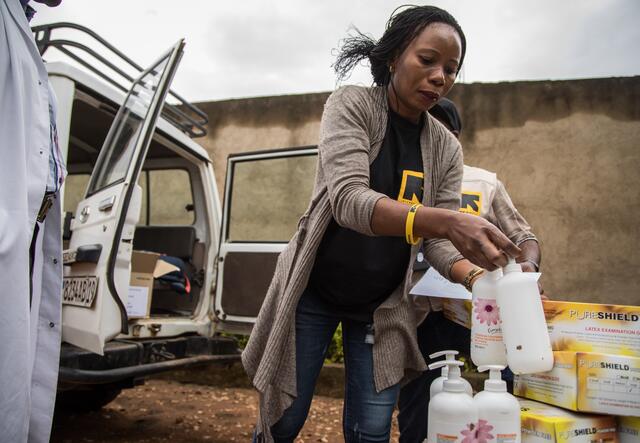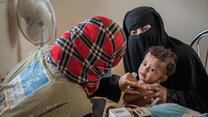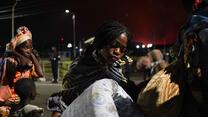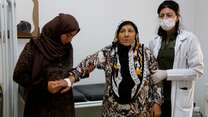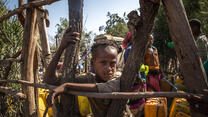The Democratic Republic of Congo is now in its fourth decade of a major humanitarian crisis due to widespread violence. While aid has been provided, conflict persists and the emergency becomes more dire. On top of this continued violence, Congo is now battling the spread of COVID-19 and the fallout from a recent Ebola outbreak and the May 22 eruption of Mt. Nyiragongo.
Conflict, economic struggles and the effects of the pandemic are all making it difficult for people to receive the food and resources they need. There are now more people facing a severe hunger crisis in Congo than has ever been recorded in any country.
“Years of insecurity and the multiple humanitarian needs make Congo a complex operating environment,” says Nelly Moleka, deputy director of programs for the IRC in Congo. “It is imperative that we are able to balance the requirements of battling pre-existing health and protection needs for the most vulnerable, especially women and children, while simultaneously preventing and containing the effects of new shocks such as COVID-19.”
Humanitarian risks in 2021
Here are four reasons Congo is one of the countries most at risk of humanitarian catastrophe in 2021:
Violence from local armed groups makes the country one of the most dangerous for civilians and humanitarians.
Local armed groups, often vying for control of natural resources, continue to make the country one of the most dangerous in the world. Congo was the second deadliest of the Watchlist countries for civilians in 2020. It also saw the second highest number of aid workers being kidnapped that year.
This conflict and instability is likely to persist through 2021. Violence among ethnic groups in the northeastern province of Ituri, which has been growing rapidly since 2018, is also likely to continue.
Conflict, economic collapse and the COVID-19 pandemic could lead to famine.
Over 21 million Congolese are facing a severe hunger crisis—the highest number ever recorded in any country. Many have been forced to flee their homes and abandon their crops due to conflict and extreme weather conditions, particularly flooding. Congo is one of the ten countries most vulnerable to the impact of climate change.
COVID-19 restrictions have also weakened the economy and prevented children from receiving the health care they need, all at a time when their families lack access to food.
People on the streets of Goma in 2019. This city in eastern Congo is in an area of active conflict with widespread poverty. It is also sits in the shadow of Mt. Nyiragongo, one of the world's most active volcanoes.
Photo: Olivia Acland/IRC
Multiple diseases will continue to spread, not just COVID-19.
Congo's twelfth Ebola outbreak was declared over on May 3, 2021. The country had also recently recovered from a 25-month measles outbreak that had killed over 7,000 children. Weak health infrastructure and poor access to vaccinations—along with the global presence of COVID-19—make further disease outbreaks a constant risk for 2021.
Needs are growing rapidly yet humanitarian funding is falling.
Over 19 million Congolese will be in need of humanitarian assistance in 2021, making it the third-largest humanitarian crisis. Yet just a fraction of humanitarian funding required for the country has been received to date, causing concern about whether people will actually receive the help they need.
Congo Crisis Facts
- 19.6 million people are in need of humanitarian aid.
- 21.8 million are facing a severe hunger crisis.
- 5.5 million people are internally displaced.
- 51% of women have experience physical or sexual violence at home.
For citations, additional insights on the crisis in Congo in 2021, and the IRC’s recommendations for the international response, please refer to the full 2021 Emergency Watchlist report.
On top of large-scale violence, the Democratic Republic of Congo also has had to grapple with outbreaks of Ebola and COVID-19. The IRC launched emergency responses to contain the viruses.
Photo: Kellie Ryan/IRC
The IRC’s crisis response in Congo
The International Rescue Committee has been working in Congo since 1996, providing emergency health care, sanitation, water and health supplies. We also work with communities to help them rebuild and reduce conflict at the local level.
Following our emergency responses to contain Ebola outbreaks, the IRC is responding to COVID-19 by training health workers, rehabilitating hospitals and clinics, and providing essential medicine. We are also preparing to respond to growing humanitarian needs in the Goma area in the wake of the May 22 eruption of Mt. Nyiragongo.
Learn more about the IRC’s response in Congo.
2021 Emergency Watchlist
The annual Emergency Watchlist is a global list of humanitarian crises the IRC expects to significantly deteriorate over the course of the coming year. Read about the top 10 crisis countries in the list and download the 2021 Emergency Watchlist report.
